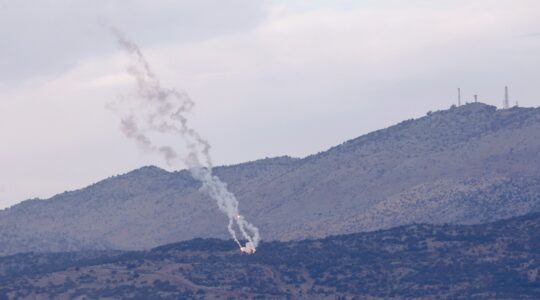NEW YORK, Jan. 24 (JTA) Tu B’Shevat, the New Year of Trees, falls on the 15th day of the month of Shevat this year from sundown on Feb. 7 to sundown on Feb. 8, 2001.
Tu B’Shevat is the beginning of a new cycle for the tithe on fruit trees. Before the destruction of the Second Temple in Jerusalem in 70 C.E., 10 percent of all produce was set aside for the support of the priestly class and the poor.
Tu B’Shevat (which means “the 15th of the month of Shevat”) marks the beginning of a new fiscal year for tithing.
While the temple is no longer standing, the principles that lie at the foundation of the practice of tithing are eternally relevant.
According to Jewish tradition, “The earth is the Eternal’s and all that it holds” (Psalms 24:1). “The Land must not be sold beyond reclaim, for the land is Mine” (Leviticus 25:23). The land is not ours do to with as we please. We must be responsible stewards of both the land we inhabit and its produce.
According to the biblical tradition, this requires sharing the bounty of the land with those in need, allowing the land to rest during the sabbatical year (every seventh year), redistributing land every 50 years (the Jubilee) and maintaining the integrity of the land so it will sustain future generations.
Though Tu B’Shevat no longer serves its original fiscal function, Jewish communities have continued to celebrate the New Year of Trees as a minor festival. In the 1600s, Jewish mystics in Safed created a Tu B’Shevat seder modeled after the Passover seder. Participants eat four different categories of fruit and drink four different combinations of red and white wine or grape juice, symbolizing the four seasons and the mystical “four worlds.”
The early pioneers of the State of Israel began the practice of celebrating Tu B’Shevat by planting trees.
In recent years, Jewish communities around the world have begun to celebrate Tu B’Shevat as a “Jewish Earth Day” organizing seders, tree-plantings, ecological restoration activities and educational events, all of which provide an opportunity to express a Jewish commitment to protecting the earth.





